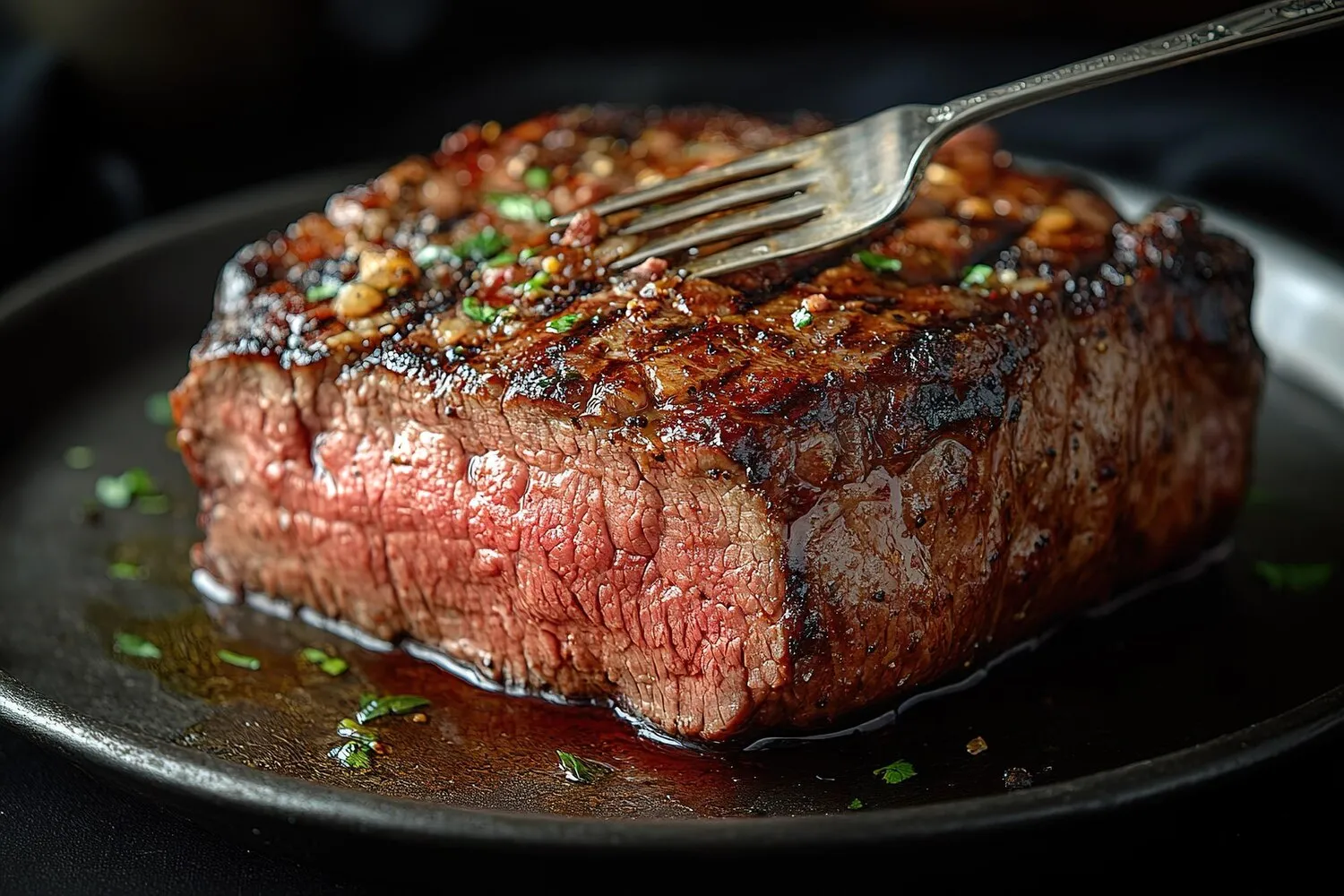
Grilled Turbot
Fresh Turbot grilled to perfection.
Nutrition Facts
* The % Daily Value (DV) tells you how much a nutrient in a serving of food contributes to a daily diet. 2,000 calories a day is used for general nutrition advice.
Narru
Turbot has been a prized fish throughout European history, enjoyed by royalty and commoners alike. Grilling is a simple and ancient cooking method that highlights the natural flavors of the fish. The dish's historical influences stem from coastal communities utilizing readily available seafood and basic cooking techniques.
Grilled turbot is often associated with fine dining and celebrations, representing a luxurious and refined culinary experience. It's a popular choice for special occasions and is frequently featured on the menus of high-end seafood restaurants.
Gastronomic Significance
Turbot is considered a delicacy in many European cultures, and its preparation is often approached with great care and respect for the quality of the ingredient. It symbolises high-quality cuisine and refined taste.
Coastal Traditions
In coastal regions, grilled turbot reflects the local availability of fresh seafood and the culinary traditions passed down through generations. Grilling is a common method of preparing fish in these areas.
The flavor profile of grilled turbot is delicate and refined, emphasizing the natural sweetness and subtle nuances of the fish. Key flavors include the clean, slightly briny taste of the turbot itself, enhanced by the smoky char from grilling.
The primary flavor is the mild, slightly sweet, and almost nutty taste of the turbot. High-quality turbot has a firm, meaty texture. Grilling imparts a smoky flavor and crispy skin. Often, the dish is finished with simple additions such as olive oil, lemon juice, and fresh herbs like parsley or thyme, which complement the fish without overpowering its delicate flavor. The 'bone-in' grilling method allows for the flavours from the bone to seep into the fish adding another flavour dimension
Skin-Side Down First
Start grilling the turbot skin-side down to achieve a crispy skin. The skin acts as a natural barrier and helps to retain moisture in the fish.
Gentle Handling
Turbot is a delicate fish, so handle it gently to avoid breaking or tearing the flesh. Use a fish spatula to flip and serve.
Don't Overcook
Overcooked turbot becomes dry and tough. Cook until the flesh is just opaque and flakes easily with a fork. Internal temperature should reach around 145°F (63°C).
Use High Quality Turbot
Always choose turbot that has firm flesh, a fresh smell and moist appearance to ensure best quality and flavour when grilling.
Explore additional Grilled dishes and restaurants
Explore GrilledDiscover top dining spots and culinary experiences in San Sebastián.
Explore San SebastiánLearn more about the food culture, restaurant scene, and culinary heritage of Spain.
Explore Spain
